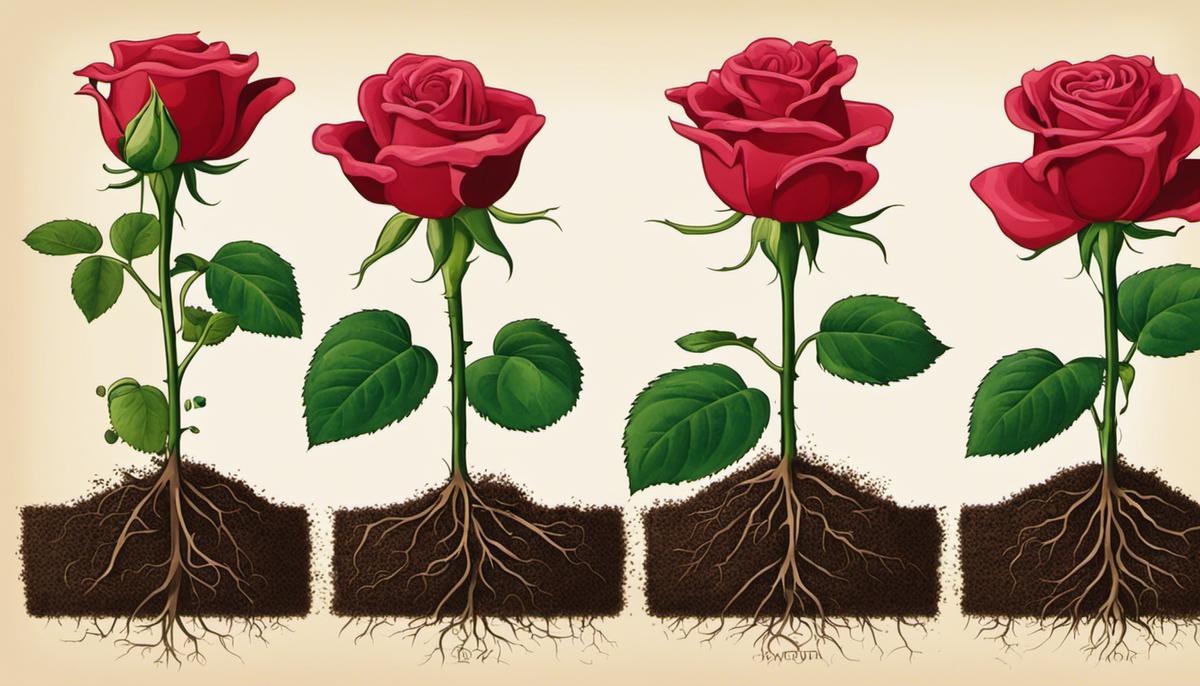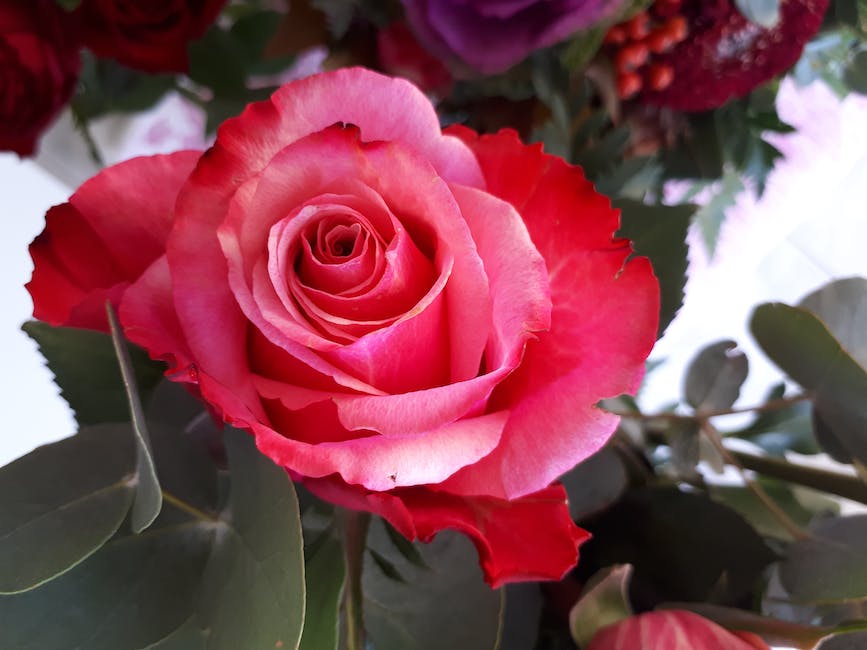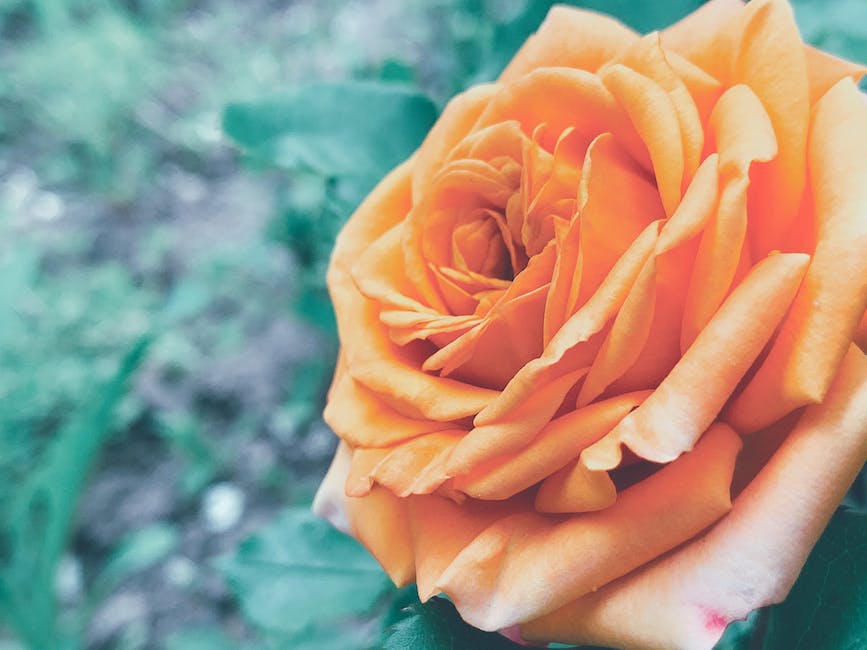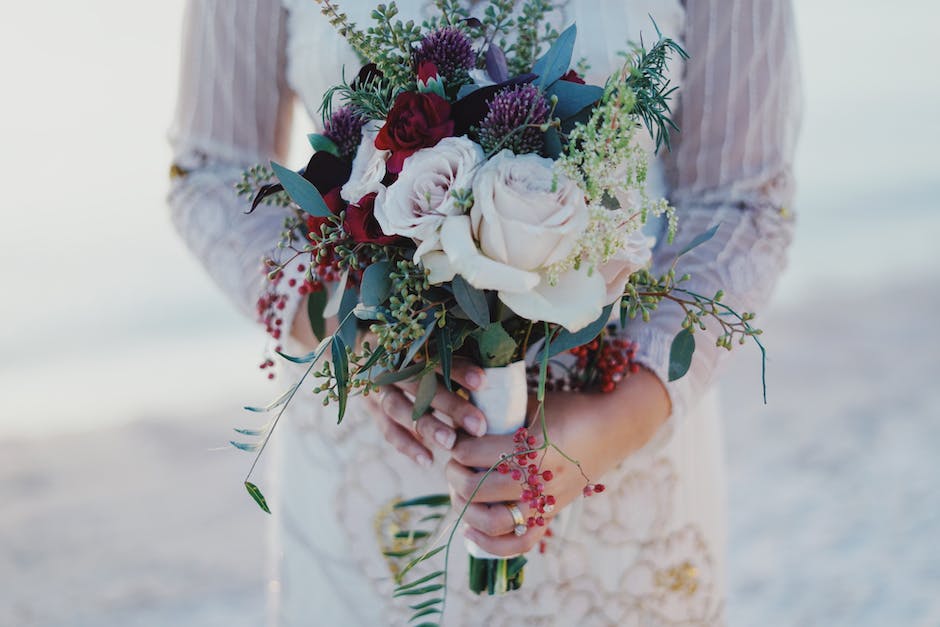Easy Guide: Growing Roses from Seeds

Roses, with their enchanting beauty and captivating aroma, have enjoyed a special place in our gardens and hearts for centuries. For those with a green thumb, growing roses from seed can be a rewarding process, unlocking a deeper connection with these beloved blooms. This exploration not only delves into the mesmerizing journey of rose growth from seed to mature plant but also empowers you with the practical knowledge and strategies to confidently embark on this horticultural adventure.
Understanding the Process
Title: The Art and Journey of Growing Roses from Seeds: A Step-by-Step Guide
Fellow rose enthusiasts, there’s something incredibly gratifying about growing roses from seeds, as it’s a journey that brings a sense of fulfillment, discovery, and a unique connection to nature. Despite its challenges, nurturing a tiny seed, watching it sprout and eventually blossom into a magnificent rose is an adventure one wouldn’t want to miss. Let’s dive in!
Step 1: Selecting the Right Seeds
Choosing high-quality, certified seeds is the first critical step. This rewarding hobby is enhanced by the endless variety of roses, from Hybrid Teas to Floribundas, Climbing roses to Old Garden Roses, and so much more waiting to be discovered.
Step 2: Stratification
In nature, roses go through a cold period which results in seed dormancy. To simulate this, place the seeds in moistened vermiculite or perlite. Seal them in a ziplock bag and refrigerate for approximately 10-12 weeks. This process, known as stratification, readies the seeds for germination.
Step 3: Prepare Your Soil
While the seeds are in the fridge, prepare your planting space. Roses prefer well-draining, slightly acidic soil, with a pH range around 6 to 6.5. Opt for a potting mix that includes compost, peat, and perlite, or make your own mix using equal parts of these components.
Step 4: Planting
Once the stratification process is over, it’s time for the seed planting. Place the seed in a small pot that’s at least 3-4 inches deep, burying it about a quarter-inch into the soil. Then, water the soil gently, ensuring not to wash away the seed.
Step 5: Providing the Correct Environment
For optimal growth, place the potted seed in a warm environment with plenty of indirect, filtered sunlight. A south-facing window is often an excellent spot. Also, make sure the soil remains mildly damp – not soaked or completely dry.
Step 6: Patience!
Patience is key when growing roses from seeds. Germination can take anywhere between 2 weeks up to several months. So, while it might take some time, the anticipation of seeing those first sprouts is undeniably thrilling.
Step 7: Transplanting Sprouts
Once you spot multiple sets of leaves, it’s time to transfer your rose seedlings into a larger pot or into the garden if weather permits. Always handle these delicate plants carefully, and make sure to space them adequately so that they have room to grow.
And there you have it! Though growing roses from seeds is an exercise in patience and careful nurturing, when those first beautiful blooms appear, all the efforts will be more than worth it.
Remember, the journey of growing roses from seeds is as much about the process as it is the result. So, let this process spark a newfound connection with nature’s beauty. Embark on this journey and let the adventure of growing roses become a story etched in every bloom. Happy gardening!

Preparing the Seeds
Mastering the Whimsical Art of Rose Propagation: The Blooming Finesse
Roses, with their intoxicating aroma and ethereal beauty, steal the heart of every horticulture enthusiast. Continuing from the last insightful knowledge tour – the art of growing roses from seeds, let’s progress through the enriching journey. Cultivating roses presents an enticing challenge which when mastered, lends immense satisfaction. The key steps toward the archetypes of your rose garden venture into nurturing the sprouts, managing pests or diseases, and ensuring proper exposure of the sprout to sunlight.
Now that the rose sprouts are transplanted into larger pots or garden area, constant attention and care is paramount. Always remember to deeply water the sprouts, ensuring the moistening of the entire root zone. Too little water and the roots wither away; too much and they will rot. Always strive for a moderate, ‘Goldilocks’ effect!
Also, the significance of feeding cannot be understated. As rose flowers demand nutrients in abundant quantity, it’s essential to feed these plants with an organic or slow-release fertilizer. Begin feeding after the sprouts set their first true leaves and repeat after each big flush of blooms.
Furthermore, ventilating the roses is equally important. With closed spaces lending an invitation to fungal diseases, make sure your plants have plenty of air circulation around them. Remove diseased leaves or stems and clean them to maintain a healthy growth environment.
In the cerise voyage of rose cultivation, waging a war against pests and diseases becomes inevitable. Arm yourself with organic pest control sprays, fungicides, or introduce predators like ladybugs to counter aphids. Regular inspection is a must for early identification of any potential troubles.
Gardening essentially involves another crucial factor – sunlight. Most rose varieties prefer a bare minimum of 6 full hours of sun to flower well and for maintaining vigour. Make sure the location you have chosen for the plants suits their sunlight requirements.
Remember, roses tend to be ‘heavy feeders’ and ‘thirsty drinkers’ which need to keep a balance in their nutritional intake and water supply. Thus, regular and proper feeding, pruning, and watering can lead to flourishing blooms accentuating your rose garden’s charm.
Your patience and perseverance will soon pay off, witnessing a verdant miracle right in front of your eyes. Blooming roses, nurtured from mere seeds to their adult grandeur, will serve as a testament to your horticultural prowess.
In conclusion, the enchanting journey from selection of seeds to fully bloomed roses is filled with captivating hurdles and alluring accomplishments. With your gardening spirit unbroken and your love for roses unending, every single rose, blooming in all its majesty, will stand as a symbol of your tireless commitment and unyielding passion!

Planting and Caring for the Seeds
Though the initial phases of planting and nurturing rose seeds to sprouts have been diligently covered, it’s time to move forward and delve into the critical next steps. From here on, the real cultivation process begins which not only requires acute care but also precise measure.
Once the rose sprouts have been successfully transplanted, it starts to step into the vulnerable stage where it might attract some pests and diseases. To deal with this, implementing practical pest and disease management is inevitable. Regularly check the leaves and stems for any signs of bugs or unusual spots, a telltale sign of disease. Keep a keen vigilance over the growth, intervene quickly with organic remedies like neem oil or garlic sprays whenever required.
Sunlight plays a pivotal role in the life of a rose bush. These plants typically crave about six to eight hours of daylight to flourish. While setting up the pot or garden plot, ensure that this requirement is met. However, equally important is the avoidance of extreme afternoon heat which rose plants are notoriously sensitive to. Giving them a sun-bathed morning and shielded afternoon can strike the right balance.
Proper watering and feeding of your rose plants is a delicate dance. Roses thrive best in well-drained soil but enjoy a deep watering routine. Conversely, roses have a substantial appetite; a regular feeding schedule with balanced rose plant food complements their growth spurts, amplified during blooming cycles.
Ventilation around the rose bush may not be the first thing that comes to mind, but roses appreciate their space to breathe. Clusters of plants may look aesthetic, but they provide a hotbed for disease and pest infestations. Adequate spacing between the rose bushes ensures a healthy growth environment.
Speaking of keeping the health intact, some organic pest control measures can come in handy. More often than not, these remedies are already lying in our garden or kitchen. Household vinegar acts as a potent natural pesticide, just as well as plant-friendly insects like ladybugs that feed on an array of harmful pests.
However, nothing is as essential as pruning to maintain regeneration cycles and to boost blooms. Regular pruning or “deadheading” encourages a flush of new growth, driving the plant to use its energy towards the formation of more flowers.
In sum, the journey of growing roses from seeds to a full-bloom plant is definitely filled with challenges. But the result, a vibrant rose bush boasting an array of stunning roses, far outweighs any difficulties. Ultimately, roses reward patience and perseverance, making them a truly gratifying hobby. Flowery tales of gardeners nurturing roses, bear testimony to that. This is an art of loving, and mothering nature, not merely a hobby!

As we journeyed through the lifecycle of a rose plant, we unraveled the multiple stages of growth from seed to a full bloom. We delved into the important practice of seed preparation and discovered the significance of stratification. Our exploration continued into the nuances of planting and caring for the seeds, ensuring their sprouting into healthy seedlings. Thus, equipped with this knowledge, you are poised on the threshold of a satisfying encounter with nature, cultivating roses from seed to the joy of full bloom. Every rose grown will be a testament to your nurturing, making your garden more than just a floral delight, but a personal triumph.



